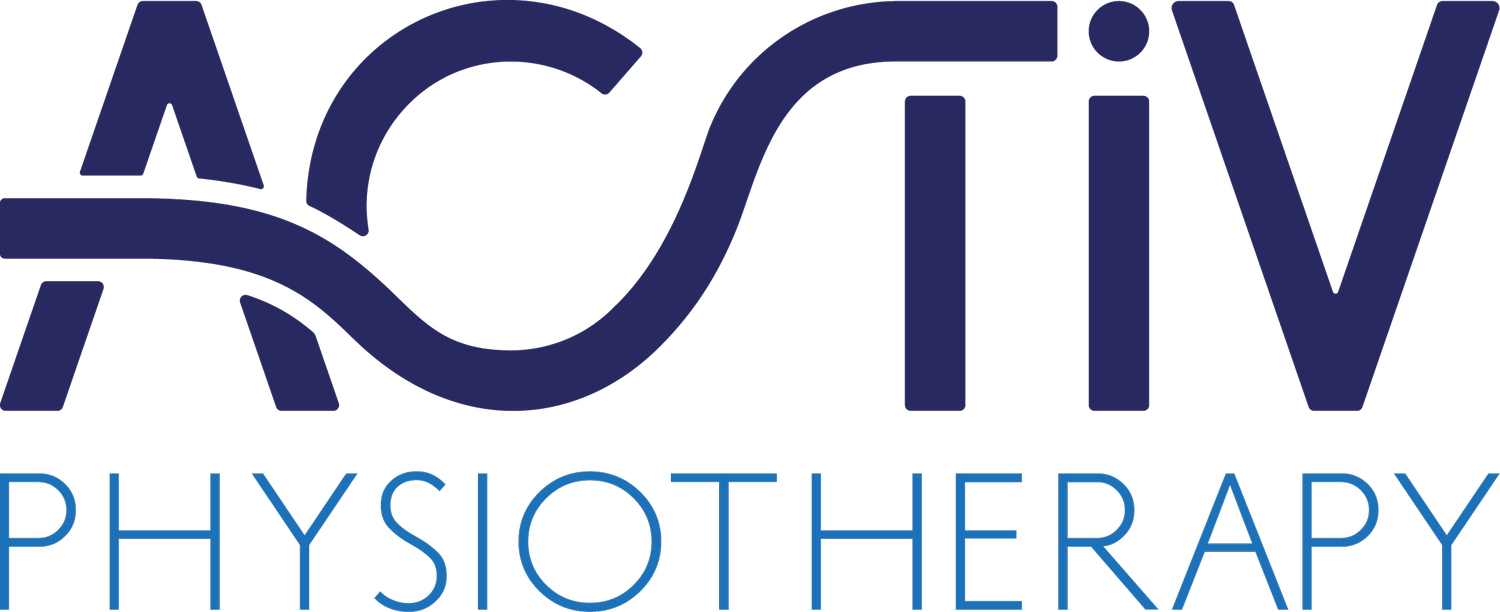X-Rays, Ultrasound, CT Scans And MRI Scans – What's The Difference?
Many patients may get a referral to have a part of their body scanned in relation to finding out more info about a specific issue. Yet, many people do not understand the difference between the type of scan. Here is a brief explanation:
X-rays use electromagnetic radiation to create images of bones and dense structures within the body. It is commonly used to detect fractures, infections, tumours and other abnormalities. X-rays are quick, relatively inexpensive and readily available.
Ultrasound uses high-frequency sound waves to produce real-time images of structures inside the body. It is commonly used to monitor pregnancies, assess organs such as the liver, kidneys and heart – and guide procedures like biopsies.
Ultrasound is non-invasive, does not use radiation and is safe for repeated use.
Ultrasound is less effective for imaging structures surrounded by bone or gas (such as the brain or lungs).
Computerised Tomography (CT) Scans use X-rays and advanced computer processing to create cross-sectional images of the body. They provide more detailed information than traditional X-rays and can show bones, organs, blood vessels and soft tissues.
CT scans are useful in diagnosing conditions such as internal injuries, tumours, infections, and blood clots.
Magnetic Resonance Imaging (MRI) uses a strong magnetic field and radio waves to create detailed images of soft tissues, organs, and structures inside the body. It provides excellent contrast between different types of soft tissues and is particularly useful for imaging the brain, spinal cord, joints and muscles.
MRI does not involve ionizing radiation, making it a safer option for imaging, especially for children and pregnant women.
However, MRI scans take longer to perform, are more expensive, and may not be suitable for individuals with certain medical implants or metal objects in their bodies.
If you would like to book an appointment with one of our team, call our friendly receptionists on:
Totley: 0114 235 2727
Hope: 01433 623 602

